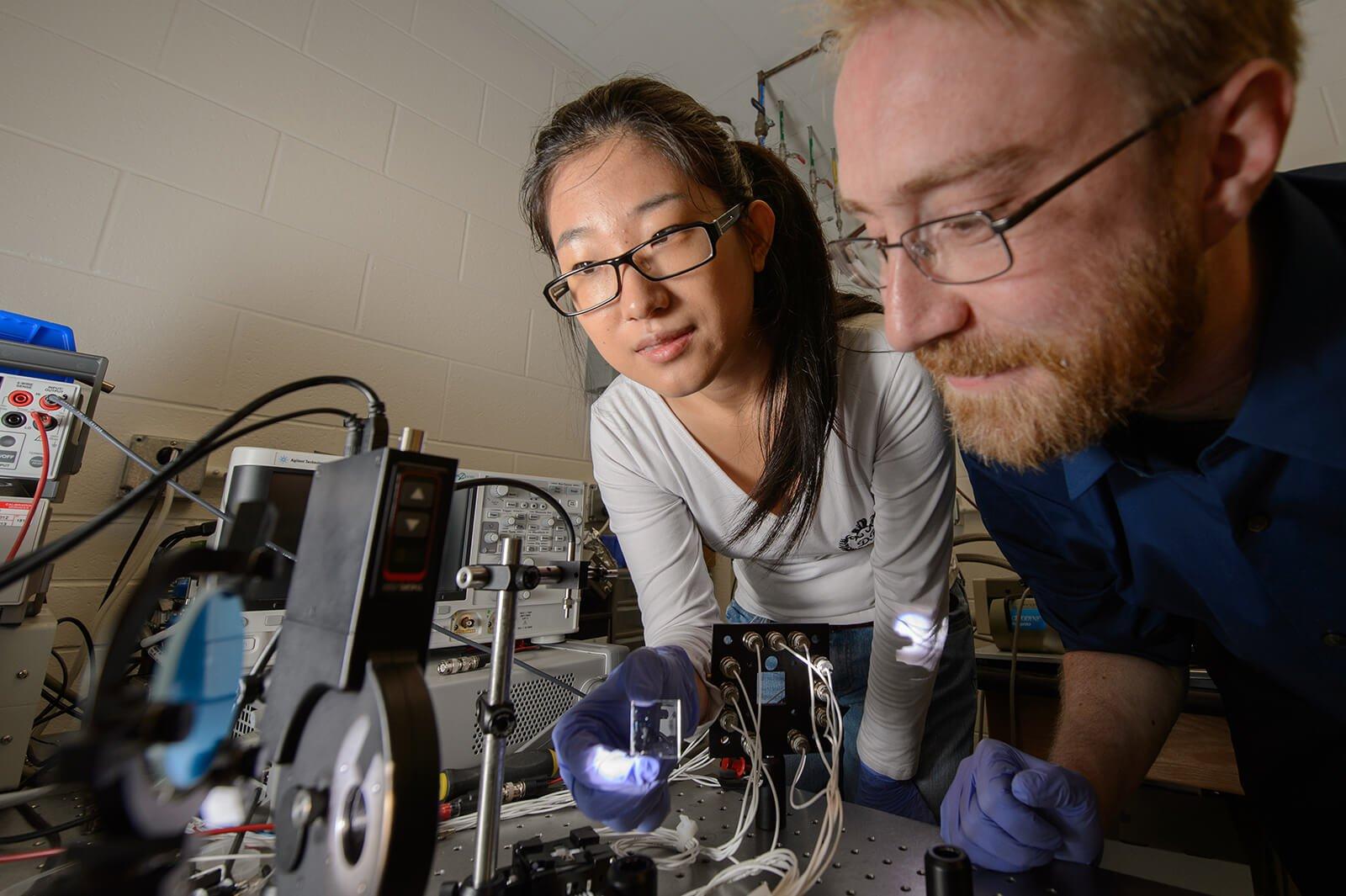Today’s buzz word is “Smart.”
It seems that “smart technology” is built into just about every product today—from televisions to cars to home appliances. While these convenient features are becoming commonplace for many products, here are 5 emerging window technologies that seem more like they came from the Syfy channel than real life.
While many of these features are still in the development stage or need fine-tuning, it’s exciting to see high-tech solutions for the new residential construction and home improvement industries.
1. Now You See Through, Now You Don’t
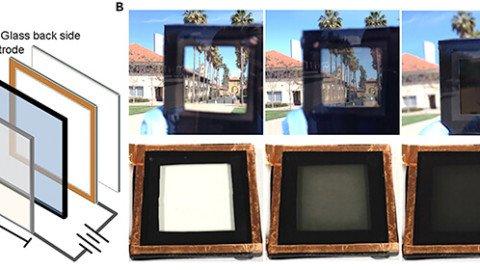
Windows that change from clear to opaque with the touch of a button are being developed for residential use to help reduce cooling costs during summer months and for privacy year-round.
Electrochromic technology currently allows windows to tint on demand and have been used in airplane windows for several years. Present models take up to seven minutes to transition and don’t get dark enough for wide-spread residential use.
Stanford University researchers are working on an improved version. Their prototype changes from clear to dark within three minutes. The new research involves using a combination of electrolyte gel and a transparent conductor in the glass. When an electrical voltage is applied, the glass changes from clear to opaque. A negative charge causes ions to form a solid metal and the glass to darken. A positive charge makes the metal dissolve and revert back to clear glass. The electrical voltage is only required to change the window’s opacity. Once it is unplugged, the window will remain in the same state until electricity is reapplied.
With current samples smaller than 10 square inches in size, more research and testing is required to scale it up for residential or commercial use.
2. Intuition At Its Best

Another company is working on a transitioning technology of its own. This one works without electricity and intuitively transitions from clear to dark with a glass temperature change.
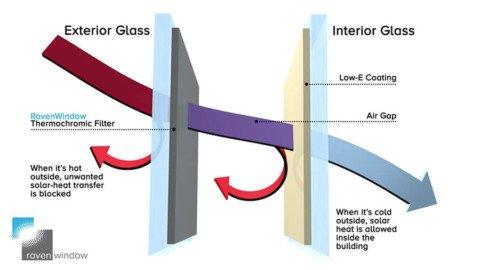
A thermochromic filter applied inside a double pane window combined with a Low-E coating work together to provide energy efficiency year round. Warm temperatures activate the filter tinting transition to block the heat from the sun, reduce glare and UV damage, and maximize cooling efficiency. Cooler temperatures don’t affect the filter so the window remains clear for enhanced solar gain.
As no wires or electricity is required, these windows are operational upon installation in new construction or retrofitting for existing windows.
3. Power Windows
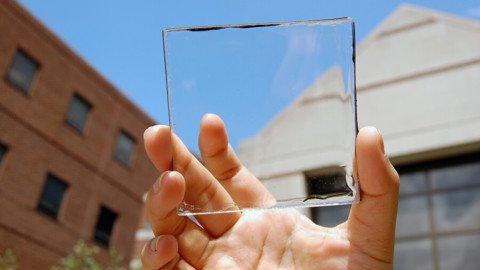
Capturing solar energy is a familiar concept. We’ve seen photovoltaic cell panels on roofs and fields of arrays that collect sunlight and convert it to electricity. Of course, solar panels in place of windows would make for a very dark house.
Luckily, researchers at Michigan State University have found a solution with a transparent luminescent solar concentrator. Unlike past coloured prototypes, this new technology creates solar energy while keeping the window clear.
Small organic molecules absorb ultraviolet and near-infrared wavelengths. A glowing infrared light is guided to thin strips of photovoltaic solar cells and converted to electricity without affecting window transparency.
Although still in the early development stage and only producing a solar conversion of one-percent, potential applications include use in high-rise buildings, residential new construction and replacement windows, smartphones, and even cars to generate electricity without compromising aesthetics.
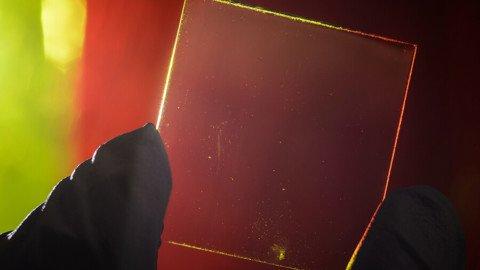
Another method for collecting energy from the sun and other light sources is with the application of a special electricity-generating spray coating to glass and plastic surfaces. This technology uses hydrogen-carbon based substances to create an organic photovoltaic (OPV) solar array. The tiny solar cells are interconnected to generate sustainable electricity without compromising transparency.
This patent-pending technology will be developed as window glass for new and replacement residential windows as well as a flexible film that can be applied similar to aftermarket tints for commercial retrofitting.
4. Glass That’s For the Birds

This new innovation is probably something you’ve never spent much time thinking about but really makes sense when you do—bird-friendly windows.
To save millions of birds from injury or death from flying into glass windows, a new, patterned coating is available that is visible to birds but not humans. The concept uses birds’ ability to see light in the ultraviolet spectrum to create a “barrier” that is not currently present with standard reflective glass.
The coating has been tested and approved by the American Bird Conservancy and is currently available as laminated glass or insulated units combined with Low-E coatings for a bird-friendly, energy-efficient window.
5. Easy Clean-up
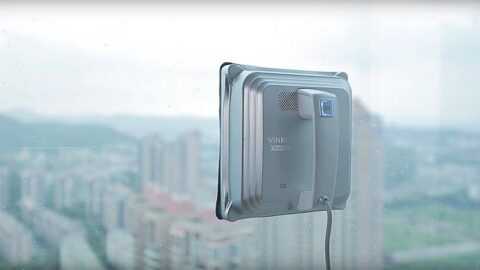
With busy schedules and the trend toward making housekeeping easier, manufacturers are producing everything from self-cleaning ovens to automatic shower scrubbers to autonomous robotic vacuum cleaners. It’s only natural that the labour-intensive process of washing windows is the next smart technology being offered.
Robotic window cleaners have been introduced into the main-stream market as a time-saving option, especially for hard-to-reach areas. Using motor-powered suction, these automated machines clean from edge to edge, inside and out.
Styles and features vary dependent on your particular needs. You’ll want to consider things like how much window surface you have and want to clean at one time, how much battery life you need, type of connectivity, cleaning process, and if you want complete automation or a remote control option.
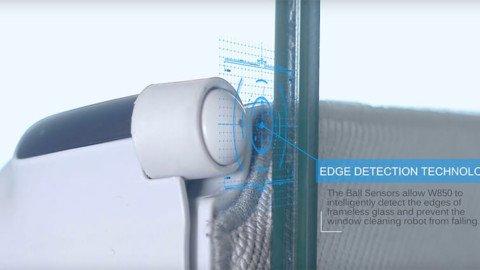
- Battery—a short battery life is the norm which means between 15 and 30 minutes. This will be sufficient to clean approximately 10 windows on a single charge. More windows will require a longer battery life which will cost extra.
- Connectivity—motor-powered suction and magnetic connectivity are the two methods offered to attach the robot window cleaner to the glass. The magnetic style generally requires a second magnet to be placed on the opposite side of the window. In difficult to reach locations, this may not be feasible. The motor-powered suction is a one-step process but will require a safety cord in case it comes loose.
- Process—pads and brushes are used to clean and a squeegee is used to clear the cleaning fluid for a streak-free finish. Cleaning fluid may need to be added as well. Some units require a two-step cleaning process to wipe and polish the window after the fluid is applied.
- Automated or Remote Control—robotic cleaning units will operate with or without user involvement. Automated allows you to put the unit on the window and let it completely do the work. Units with a remote control requires you direct the unit across the window. Some models include both features.
All these new window technologies are designed to make your life easier, but like anything that’s just introduced, there will be extra costs and a learning curve to figure out what works best. These are just a few of the unbelievable window innovations being developed. You can be sure that more will follow in the not-so-distant future.

